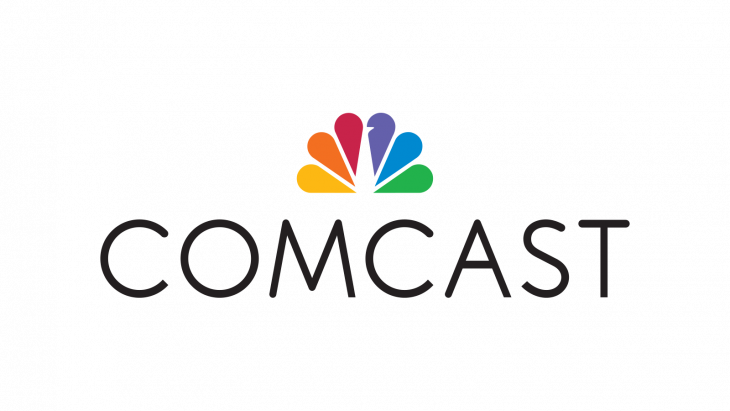
PHILADELPHIA – Comcast executives said Thursday that its subsidiary’s upcoming Peacock service, combined with the cable division’s Xfinity Flex streaming device, will make the most effective revenue-generating streaming ecosystem available anywhere.
Peacock is a streamer which will fill what the company calls a “white space” in the market: a hybrid between a subscription and ad-supported service. It will be a largely ad-supported service with three tiers: 7,500 hours of ad-supported content for free, 15,000 hours of ad-supported content for US$5 (but it, too will be free if you subscribe to a pay-TV company), and an ad-free version of the second tier for US$10. The latter two are considered the “premium” versions and all versions will contain a maximum of five minutes per hour of advertisements.
The company reported its fourth quarter earnings on Thursday and said its focus will be on the new service, which is a “natural extension of broadband innovation and X1.” The app will be available on mobile, the web, smart TVs and major TV connected devices, with “deep integration” into the X1 platform, executives said.
“If you include…[our] broadband business plus Flex and Peacock, I think our company is better positioned as the world moves to streaming than any other company in the world and I think you can argue in the next 20 years – if you look at all those three businesses combined – we can make more money in streaming than anyone else – by a lot,” said Comcast EVP and CFO Mike Cavanagh during the company’s conference call with financial analysts.
The comments come in the first quarterly report for the company since the launch of Apple TV+ and Disney+, which has raised competitive stakes, launched in November.
A Peacock spokesperson confirmed that the company plans to eventually roll the service out to international markets, including Canada, but that the initial launch in April will only be concentrated in the United States.
It’s also worth reminding the X1 platform has already been adopted in Canada by Rogers, Shaw and Quebecor’s Videotron – and some form of Flex will likely be launched by all three. With more details emerging about Peacock’s highly integrated nature, questions abound about how it will find its way into Canadian homes and what it might look like, given content copyright entanglements with Canadian broadcasters.
Perhaps the closest indication of what may happen in Canada is in Cox Communications south of the border. Video subscribers of the company, which has also adopted the X1 platform for its “Contour”-branded set-top box, were announced by NBCUniversal executives as the first outside NBCUniversal to get Peacock premium for free on their Contour boxes.
Canadian BDUs seek to bring subscribers closer to their over-the-top streaming apps by integrating them into their TV services; some, like Rogers, threw in a limited-time free subscription to Netflix if they subscribed to all the company’s services. Telus still includes an option for Optik TV subscribers to get Netflix premium for free.
Now that they have a relatively new Comcast X1 box in Canadian homes – and Comcast’s push to work closely with distribution partners to deliver the product – time will tell what that could mean when Peacock expands into Canada.
Flex, on the other hand, is a wireless, 4K-enabled IPTV streaming device that seamlessly allows users to transition between TV and multiple streaming apps without necessarily exiting those apps. The company said it will be bundling Flex for free for Peacock premium users.
All of this is not to say that the company is moving away from investing in its linear TV business, executives assured investors, as Peacock is expected to generate enough capital to allow it to continue to invest in the traditional TV segment.
NBCUniversal, meanwhile, has been lobbying government officials in Canada on favourable tax laws for productions in Canada. Hayu, the company’s reality TV streaming service launched in Canada in 2018, this month received its own app on the Optik TV platform.



